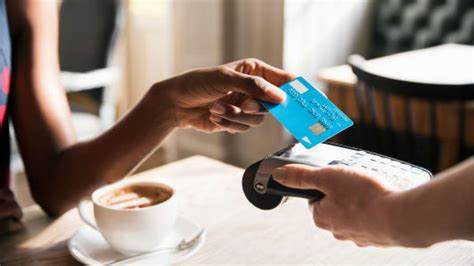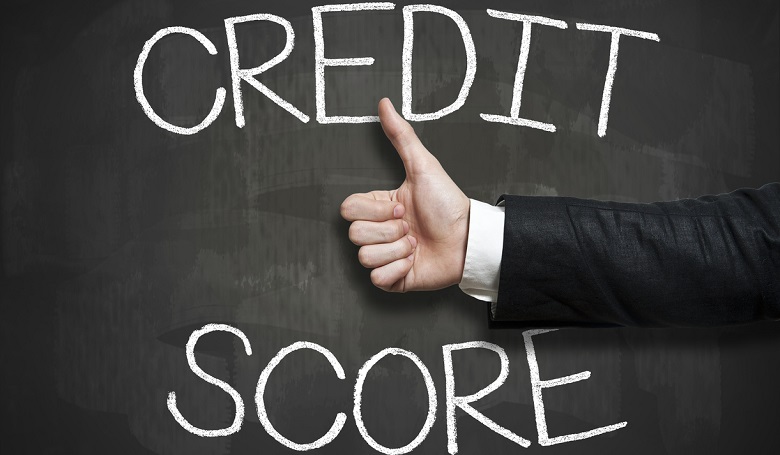Credit cards seem to be just another tool to help you shop, but it may be much more. When you use credit cards responsibly, it can help you build a good credit history, allow you to get loans at a favorable rate, cheaper insurance, or even a new mobile phone plan. Credit cards can also help you get rewards for everyday purchases and protect them when stolen or damaged.

It is interesting to think about how the restaurant handle credit card tips since tips seem to have different payment systems.
Initial authorization
Although most people think that they pay when they swipe their cards at the restaurant, in most cases, credit cards are only authorized to pay for meals. This means that in order to ensure that there is enough credit to pay for the fee, the meal will be temporarily detained on the credit card account; the money is not actually recorded on the credit card. The detention period lasts until the final completion of the allegations, usually for several days. The time left on the account allows the final amount to be edited before the fee is finalized so that the restaurant can add your tip to the fee without having to charge your card again.
Determine tip
Unless explicitly stated on the menu or near the registry, most restaurants do not add any tip without the customer's written consent; even in the case of automatic tipping, this is usually done under special circumstances (such as giving a certain Size party plus 15% tip, or a mandatory tip on the booked table. Most restaurant copies of credit card receipts have a space for you to tip.
Payment completed
Depending on the credit card processing system, the restaurant can enter the modified credit card amount directly into its registration system (provided the registration system and credit card system are combined). Otherwise, they will enter the transaction number from the credit card receipt to edit the amount directly entered by the credit card terminal. All credit card transactions are reviewed on the receipt of the day before the end of the day, so the restaurant manager has the opportunity to spot any errors and correct any incorrect credit card transactions too late. Once all the amounts have been verified based on the receipt, the final version of all credit cards processed on the day will be sent to the credit card company so that the temporary authorization can be cancelled and replaced with the final fee.


